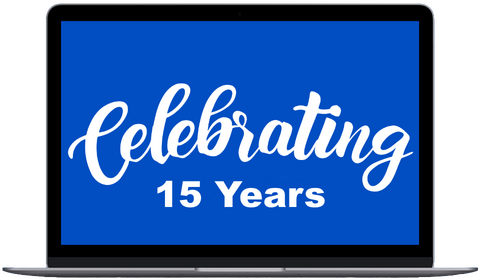
You wouldn’t leave the doors of your office unlocked overnight. You wouldn’t store donor checks in an open drawer.
So why leave your organization’s data unprotected online?
Multi-factor authentication or MFA is the digital version of locking the door and turning the deadbolt. It’s a simple second step that can stop hackers cold. Even if someone steals or guesses a password, MFA keeps them from walking right in.
Think of it as the extra layer of care your mission deserves.
Why MFA Matters for Nonprofits
If your password is the key to your building, MFA is the security system that alerts you when someone tries to force their way in. It’s not complicated, just a quick code, an app notification or a fingerprint scan.
But here’s the powerful part: it’s proven to stop over 99% of account breaches.
That means your donor records, client information, and internal systems are protected, even if someone on your team accidentally clicks a bad link.
For a nonprofit, that’s not just about convenience. It’s about trust, the kind that keeps your programs running and your funders confident.
Real-Life Scenarios: How MFA Saves the Day
Imagine this: a staff member gets an email that looks like it’s from your bank. They click the link, enter their password, and realize too late it was a phishing attempt.
With MFA turned on, that mistake stops right there. The hacker can’t get in and you get an alert before any damage is done.
Or picture this: a volunteer reuses a password that’s been leaked from another site. Without MFA, your donor database could be wide open. With it, your mission stays safe.
For organizations that hold sensitive client or donor data, MFA isn’t just an IT best practice, it’s a shield for your reputation.
Where to Use MFA First
If you only take one cybersecurity step this month, make it this one.
Start with the accounts that matter most:
- Banking and finance apps
- Email and cloud storage
- Donor databases and CRMs
- Work systems that hold client or program data
Most platforms like Microsoft 365, Google Workspace, and major banks already have MFA built in. It just takes a few clicks to turn it on.
Make It Simple (Because You Have Bigger Things to Do)
Setting up MFA doesn’t have to be another headache on your plate.
Your IT provider or managed service partner can enable it across your team in minutes and train staff to use it confidently.
Because here’s the truth: cybersecurity isn’t about fear. It’s about care, the same kind you pour into your programs every day.
Taking a few minutes now can protect years of hard work later.
If you’d like help making MFA part of your nonprofit’s security plan, our team can guide you through it step by step, without the jargon.
👉 Schedule a quick discovery call today and let’s make your mission safer, together.





